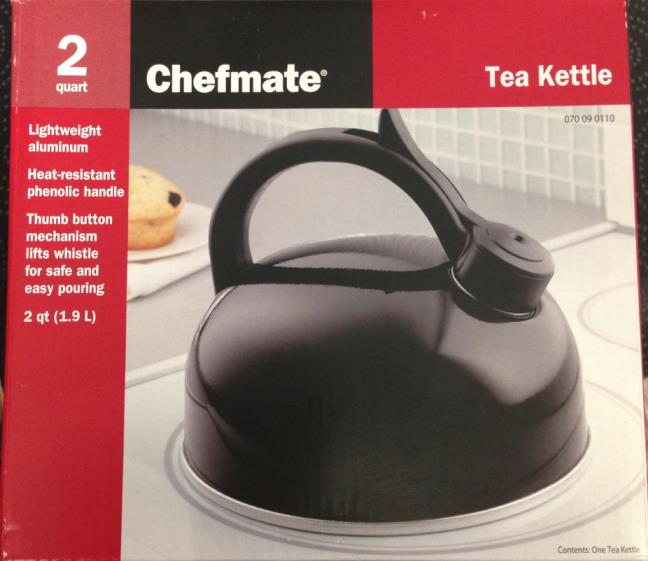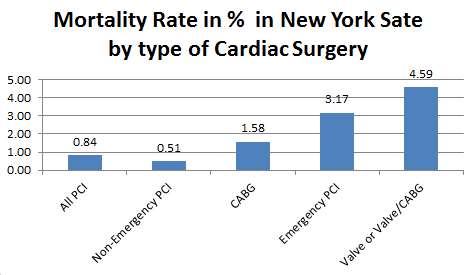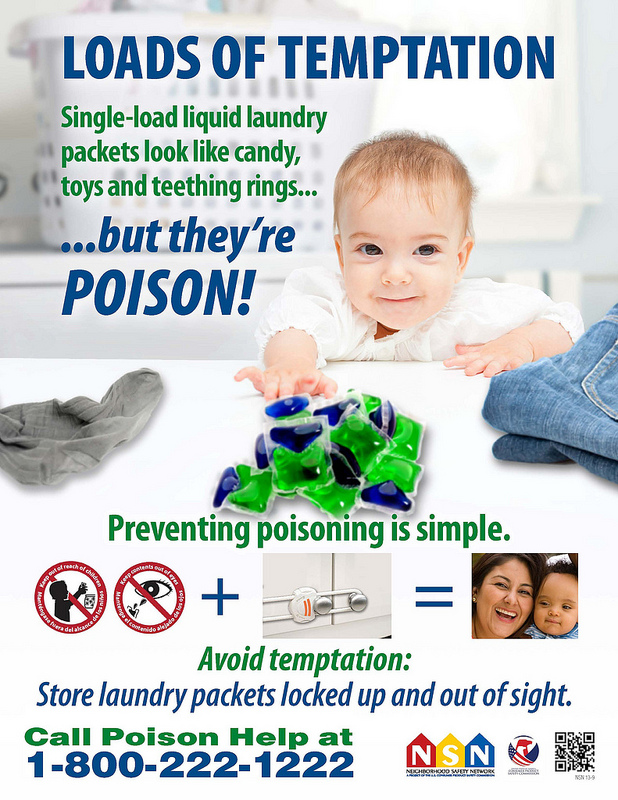New York Bus Accident: young bicyclist severely injured after being struck by a MTA bus in Brooklyn
An 11 year old bicyclist was struck and dragged under the rear of MTA bus yesterday in Cypress Hills in Brooklyn, New York. The boy was taken to Brookdale Hospital with traumatic injuries to his rib cage and lower body and was later transferred to New York – Presbyterian Columbia Hospital. The bus driver never saw the bicyclist who, according to investigators may have ridden into the back of the bus.
Watch the video 11-Year-Old Boy on Bike Seriously Hurt in MTA Bus Accident
Last year in New York, 40 bicyclists were struck by MTA buses, according to MTA statistics. This is a sad reminder of how dangerous it is for bicyclists to ride near buses. If you or your children ride a bike in the city please make sure to observe the following basic safety rules:
 New York Personal Injury Attorneys Blog
New York Personal Injury Attorneys Blog


 You won’t believe how many things can go wrong with this simple kettle: the spout is defective and water can spill posing a burn hazard, the steam can travel up to the handle and burn your hands. Additionally the leaking steam can prevent the kettle from whistling and if all the water evaporates the kettle may actually melt on your stove!
You won’t believe how many things can go wrong with this simple kettle: the spout is defective and water can spill posing a burn hazard, the steam can travel up to the handle and burn your hands. Additionally the leaking steam can prevent the kettle from whistling and if all the water evaporates the kettle may actually melt on your stove!  New research from the
New research from the 

